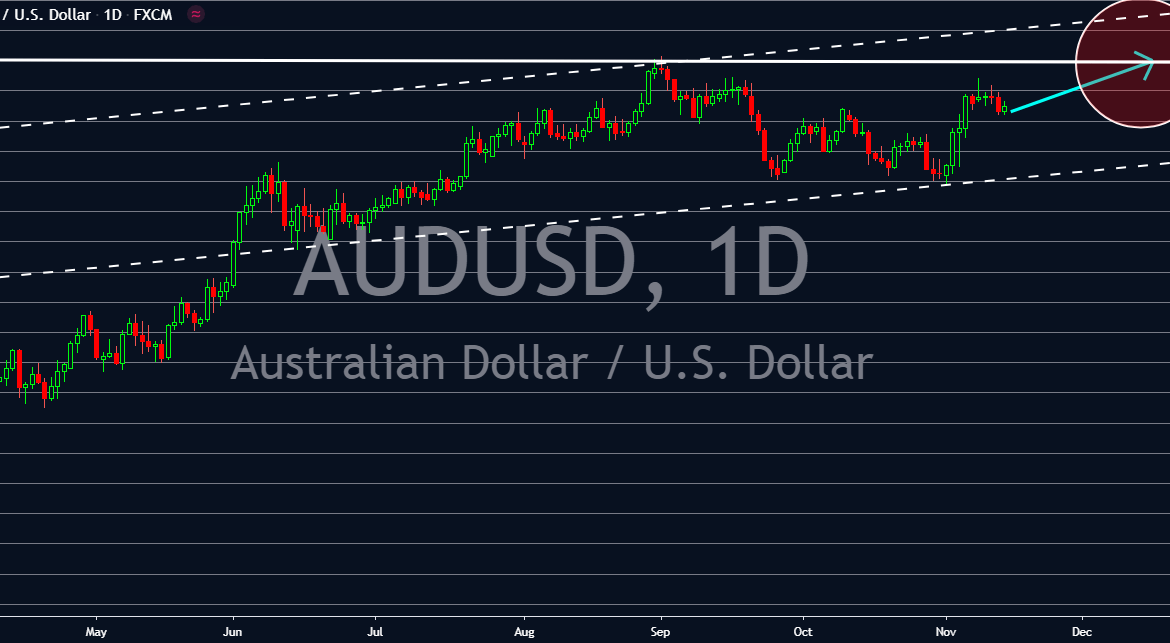On Wednesday, July 14, the Australian dollar traded lower, which was greatly influenced by the recently released U.S. inflation data, climbing 5.40%. The AUD/USD fell by 0.07% with a net change of 0.0006 at 0.7441.
The U.S. consumer inflation for June sharply rose as the core consumer price index jumped 0.90% year over year. It is well above analysts’ expectations of 0.40%, and this is also ahead of the 0.70% reading in May.
On an annualized basis, the core consumer price index hovered at 4.50%, which is over the 4.00% projection and up from the 3.8% reading in May.
Furthermore, investors speculated that the Federal Reserve might begin to tighten its monetary policy sooner. The central bank has been maintaining its stance that the price hike is only temporary. However, the markets seem skeptical as the CPI continues to grow.
Meanwhile, the U.S. Treasury yield sharply fell which reflects investors’ concern over Fed’s decision to shoot its inflation goal to 2.00%
In June, Australian business activity slowed in pace due to a spike in coronavirus infections which resulted in the lockdown of New South and Victoria.
The National Australia Bank index of business conditions slipped to 24 from 36, while the business confidence plummeted to 11 from 20 points. Despite the fluctuations, business activity is still at its high level, which was buoyed by the economy’s strong recovery.
Moreover, due to the easing of lockdowns, some businesses have been able to bounce back. Therefore, there are expectations that the business conditions will rebound if the recently implemented curbs are short.
Additionally, the country’s Westpac consumer sentiment index, which was released earlier, spiked 1.50% in July. This was against its 5.2% drop in June.
U.S. Dollar Declined
Moreover, the U.S. dollar also fell, handing back its previous gains, which are also due to the latest inflation data.
The Dollar Index, which trails the greenback in opposition to its six other rival currencies, decreased 0.10% to 92.698.
It fell back from its previous high of 92.832, which was just below its three-month peak of 92.844 last week.
Likewise, the USD/JPY and GBP/USD were down by 0.11% to 110.48 and 0.08% to 0.3819, respectively.
On the other hand, the USD/CNY traded 0.10% higher to 6.4748, which is ahead of the release of the country’s gross domestic product and industrial production on Thursday.
















